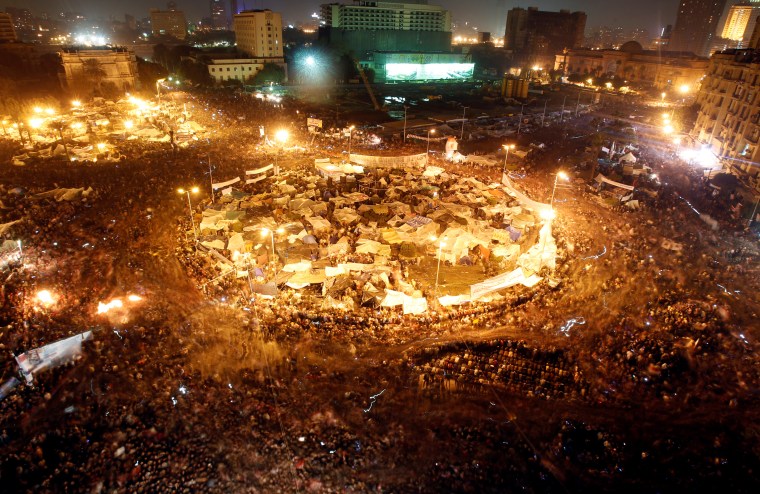In early February 2011, Alaa Abdelfattah was in Egypt’s Tahrir Square, documenting and participating in the nascent pro-democracy uprising that would topple the government and transform the country and the region. Today, he is in prison on anti-state and false news charges, which his family believes are partly retaliatory for his work. Abdelfattah is one of 27 journalists in Egyptian prison as of late 2020, a figure that marks the country as one of the world’s worst jailers of journalists, according to CPJ’s most recent prison census.
Across the Middle East and North Africa, many countries trace a similar arc. Ten years after the Arab Spring, revolutions calling for democratic reforms have resulted in further government repression in Bahrain, Algeria, Morocco, and other countries. Meanwhile, civil wars rage in Syria and Yemen, and up until 2017, Iraq. The historic upheaval has had profound, wide ranging, and evolving consequences for press freedom, making journalism a deadlier and more dangerous profession for its local practitioners as well as foreign correspondents based in the region.
Over the past decade, authorities across the region have used novel and traditional means to suppress independent reporting and target individual journalists. Here are seven trends in press freedom that CPJ has documented in the 10 years since the Arab Spring:
1. Imprisoning journalists
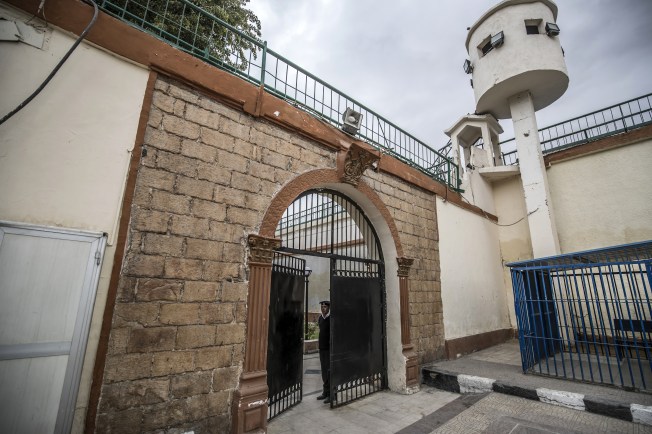
As of December 2020, there are 89 journalists jailed in 10 countries in the Middle East and North Africa, the highest number for the region since CPJ began counting in 1992. Most journalists are held on anti-state and false news charges; many are held without charge. In Egypt, most imprisoned journalists are charged but not sentenced, detained for months or years awaiting trial.
Authorities use imprisonment as a tactic to prevent or silence reporting on political issues and human rights violations, and to muzzle dissenting opinions. They also use imprisonment to quash coverage of unrest: in Egypt, Bahrain, and Syria journalists have been arrested while documenting uprisings.
Egypt and Saudi Arabia are notable for dramatic spikes in imprisoned journalists. In 2012, the year after the initial Egyptian uprising, CPJ did not count a single journalist in prison there. Under the government of Abdel Fateh el-Sisi – who rose to power in a 2013 coup and was elected the year after – Egypt has put numerous journalists behind bars. In Saudi Arabia, there were no journalists imprisoned in 2011; the country arrested journalists in 2012 following pro-reform protests, and as of late 2020 there were at least 24 journalists held in Saudi prisons.
Cases to watch:
- Mohamed Ibrahim, an Egyptian blogger who goes by Mohamed Oxygen, was arrested in September 2019 at a police station, where he was checking in according to the terms of his probation from a previous arrest. He faces anti-state and false news charges.
- Abduljalil Alsingace, a Bahraini blogger who wrote critically about human rights violations, sectarian discrimination, and repression of the political opposition, was arrested in March 2011 and sentenced to life imprisonment on the charge of “plotting to topple the monarchy.” Recently, Bahraini authorities have denied Alsingace medical treatment for ailments in prison.
- Tal al-Mallohi, a Syrian blogger, was arrested before the Arab Spring in December 2009 and served five years for disclosing state secrets and another three years on trumped-up drug charges. Currently detained without charge, she is seen as a symbol of the fight for free expression in the country.
2. Censorship of online media
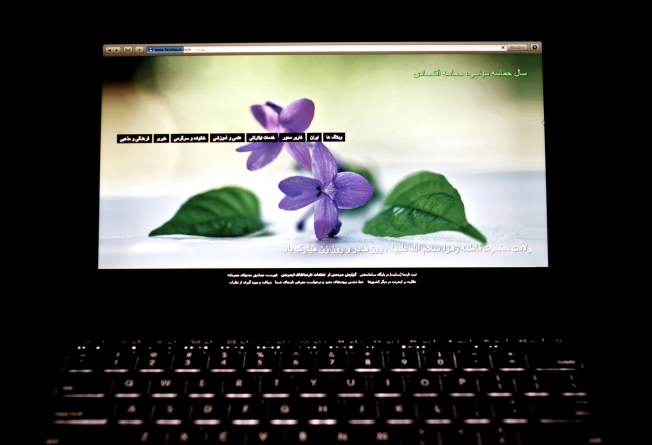
Authorities in several countries have used new vague censorship laws to restrict online media, as CPJ has documented. Website blocking is common across the region; in Jordan, authorities have blocked websites for allegedly lacking proper registration; in Egypt and Algeria websites have been blocked due to “false news” allegations; and Saudi Arabia, the United Arab Emirates, and Bahrain have blocked sites funded by Qatar. Authorities don’t always give explanation or warning before taking sites offline; in Egypt in 2017 news sites were blocked without prior notification; in Algeria in 2020 no governmental body claimed responsibility for blockages.
CPJ named Saudi Arabia and Iran as two of the world’s most heavily censored countries in its 2012, 2015, and 2019 reports on censorship. (The 2019 report is its most recent.) Under a 2011 regulation in Saudi Arabia, news sites and blogs must have a license from the Ministry of Culture and Information, as CPJ has documented. Iranian authorities maintain one of the toughest internet censorship regimes in the world with blocks on news and social networking sites, according to a 2018 report by CPJ.
Cases to watch:
- Darb, an Egyptian independent news website owned by an opposition party, was blocked in April 2020, a month after it launched. Authorities did not give a reason for the block and no governmental body claimed responsibility. CPJ confirmed in early 2021 that it was still inaccessible in Egypt.
- Interlignes, an Algerian independent news website, was blocked for four months in July 2019, and again in April 2020. The outlet, which CPJ confirmed remains inaccessible in Algeria as of early 2021, was not notified before it was blocked.
3. Criminalization of journalism
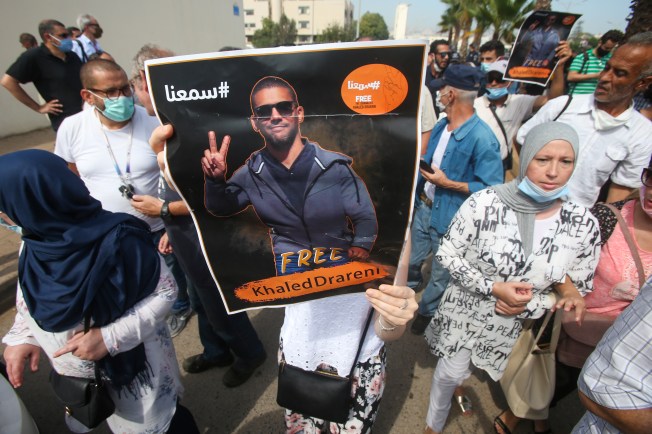
Over the past 10 years, governments in the region increasingly charged journalists using “false news,” anti-state and terrorism laws rather than publication or media laws.
Egypt leads the world in jailing journalists on false news charges. A 2018 Egyptian law fines or suspends publications that publish “false news.” Recently, Egypt outlawed news outlets from publishing unofficial sources on the COVID-19 pandemic, as well as other “sensitive” issues, as a way to quash independent reporting on the crisis.
In Morocco, journalists are often slapped with anti-terror or other criminal charges in retaliation for their work. Since 2016, Moroccan authorities have arrested local journalists on anti-state charges for reporting on anti-government protests in the northern Rif region, as CPJ documented. (The country deported foreign journalists working on the same story.) In 2019 and 2020, authorities arrested at least three journalists working for independent media on charges of undermining state security, rape, and illegal abortion, and arrested another under investigation for money laundering, without providing proper evidence, as CPJ documented.
In Algeria in late 2019, anti-government demonstrations ousted censorious President Abdelaziz Bouteflika. But his replacement, Abdelmadjid Tebboune, has also gone after journalists; the country has two journalists imprisoned under anti-state laws, according to CPJ’s 2020 prison census. In 2020, the country also criminalized “false news.”
Cases to watch:
- In addition to “false news” charges, Egypt often accuses journalists of “joining a terrorist group.” Al Jazeera reporter Mahmoud Hussein Gomaa, arrested in December 2016, is held on both charges.
- In Algeria, Khaled Drareni, a correspondent for Reporters Without Borders and TV5 Monde, was sentenced to two years in prison in 2020 on two anti-state charges, including “inciting an unarmed assembly” and “harming national unity.”
4. A deadly reporting environment
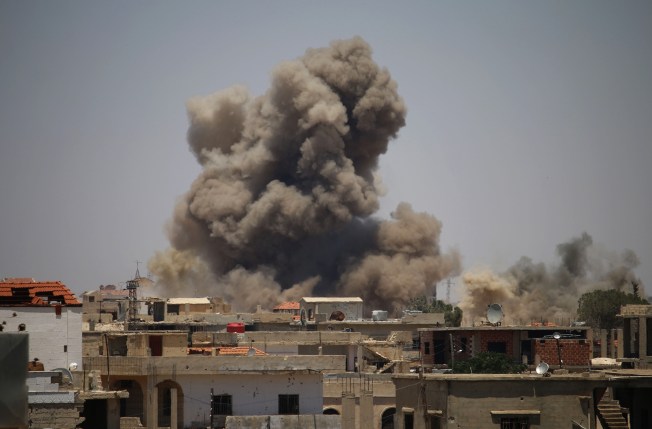
Since the Arab Spring, conflicts across the region have heightened the danger of reporting, resulting in a steep increase in the number of journalists killed. According to CPJ’s research, since 2011, 154 journalists have been killed in crossfire or while reporting on dangerous assignments in Yemen, Syria, and Iraq. That figure accounts for more than half of the total number of journalists killed worldwide (258) in the same two scenarios during the same period.
Of the three countries, Syria is by far the deadliest, a relatively new title. Between 1992 and 2010, CPJ did not record a single journalist killed in the country; in the past decade Syria has counted 110 crossfire and dangerous assignment deaths. Most of those deaths are due to airstrikes and bombings by military forces, including the Syrian Army and its allies and Turkey.
In both Yemen and Iraq, clashes involving political groups, including Islamic State, militias, and Ansar Allah (the Houthis) accounted for the majority of journalist deaths due to crossfire or reporting on dangerous assignments.
Cases of note:
- Mohamed Abazied (also known as George Samara), a reporter for pro-opposition media, including broadcaster Nabd Syria and the Syria Media Organization, was killed by a rocket in the southwestern Syrian city of Daraa while reporting on Syrian and Russian airstrikes in March 2017.
- Shifa Zikri Ibrahim (also known as Shifa Gardi), a reporter for the Kurdish broadcaster Rudaw, was killed in a roadside bomb in western Mosul in February 2017 while covering the Iraqi Army’s offensive against Islamic State.
- Adeeb al-Janani, a reporter for the Yemeni broadcaster Belqees TV, was killed in an attack at Aden International Airport in December 2020 while covering the arrival of the newly formed Yemeni government’s cabinet from Saudi Arabia.
5. Targeted murders and impunity
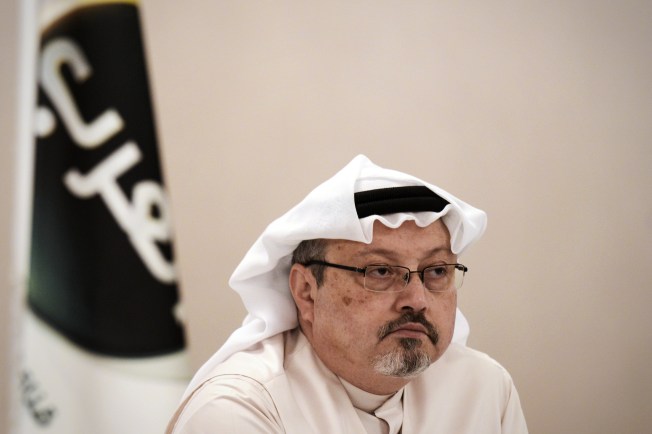
The last decade has seen 50 murders of journalists in the region, including two high-profile state killings for which the perpetrators have not been brought to account. CPJ defines murders as those journalists targeted in direct reprisal for their work.
In the most notorious murder cases, state officials killed journalists in a manner seemingly designed to mock the idea of justice. In October 2018, Saudi intelligence and military officials killed and dismembered Washington Post columnist Jamal Khashoggi in the Saudi consulate in Istanbul. And in December 2020, Iran executed Roohollah Zam, editor of the Amad News Telegram channel, after intelligence officials seized the journalist in Iraq. Both journalists had criticized their governments from abroad and reported on domestic protest and reform movements.
Khashoggi and Zam’s brutal killings highlight a broader trend of impunity in journalist murders. The perpetrators ranged from weakened but still dangerous state actors like the Syrian government, to non-state groups such as the Islamic State, whose most high-profile murders – including those of U.S. journalists James Foley and Steven Sotloff– were recorded and presented to the world in a ghastly, cinematic fashion. Many perpetrators remain unknown. Syria and Iraq ranked second and third, respectively, on CPJ’s 2020 Global Impunity Index, which spotlights countries where journalists are slain and their killers go free.
Cases to watch:
- Raed Fares, founder and director of Radio Fresh, and Hamoud al-Jnaid, a photographer and reporter for the outlet, were killed by gunmen in November 2018 on their way to cover a protest in Kafranbel, Syria. A colleague said that the two had received threats from armed groups because the station played music and featured female voices.
- Gunmen shot and killed Kawa Garmyane, editor of news website Rayel, outside his home in the Iraqi Kurdish city of Sulaymaniyah in December 2013. A criminal court sentenced Twana Khaleefa to death for his murder, but local activists said the sentence did not account for who benefited from his murder.
6. Detention and killing by non-state actors
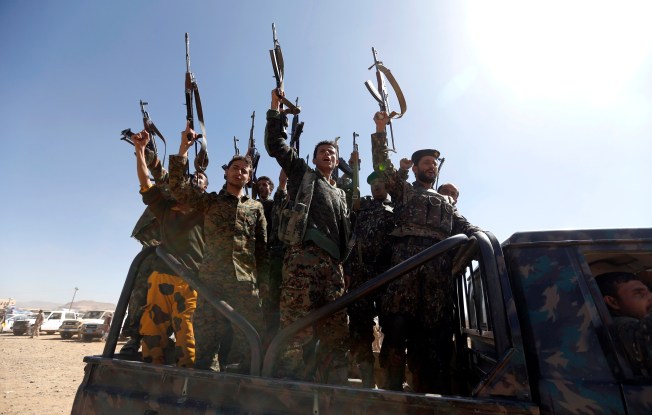
Non-state actors such as militias have become prominent political players across the Middle East and North Africa, and their emergence has further threatened press freedom.
In 2014, taking advantage of the weakening of state authority and power vacuums stemming from armed conflict, militant groups Islamic State and the Houthis seized large swathes of territory in Iraq, Syria, and Yemen and became de facto authorities. They also imposed a tight grip on the media; for example, Islamic State took control of media outlets in Mosul, including the broadcasters Al-Mosuliya and Sama Mosul, and detained many journalists, while forcing many others underground, to impose a de facto media blackout.
Many journalists who dared to report critically of either group ended up in jail or killed. As CPJ has documented, the Houthis have detained dozens of Yemeni journalists; four were sentenced to death and remain in custody.
Islamic State and other political groups killed 65 journalists in Iraq and Syria and abducted many others, 19 of whom remain missing. The ousting of Islamic State from Iraq and Syria in 2017 and 2018, however, hasn’t made local journalists feel safer, as CPJ has documented.
Conflict in Syria led to the emergence of a vast array of opposition armed groups that have little regard for press freedom. Al-Qaeda offshoot Hayat Tahrir al-Sham, which controls large areas in northwestern Syria, has detained journalists, at least one of whom is still being held; the group is suspected of having killed at least two.
To defeat Islamic State, Iraq relied largely on Shia militias grouped under the Popular Mobilization Forces, which are now the main threat to Iraqi journalists. Libya has also seen journalist deaths at the hands of non-state actors; at least five journalists have been killed by militias and militant groups, including the Islamic State, since 2011.
Cases to watch:
- Kamaran Najm, a Kurdish Iraqi photojournalist and founder of the photo agency Metrography, was captured by Islamic State in northeastern Iraq in June 2014 and he is still missing.
- Yemeni journalists Abdulkhaleq Amran, Akram al-Waleedi, Hareth Hameed, and Tawfiq al-Mansouri have been held by the Houthis for over five years and were sentenced to death in April 2020 for allegedly spreading false news in support of Saudi Arabia. They remain in custody.
7. Surveillance of journalists and news outlets
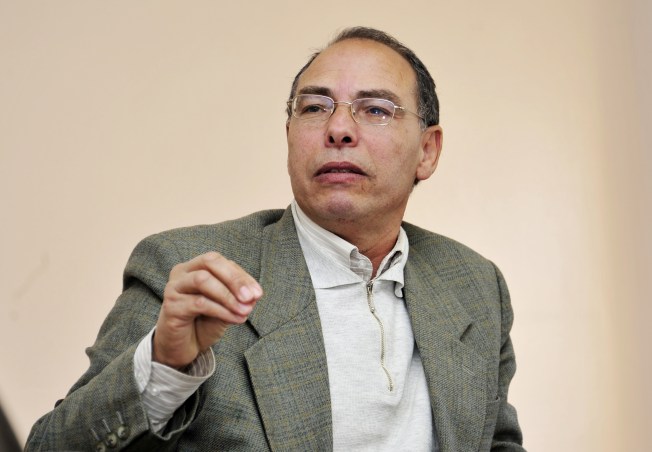
After the 2011 protests rocked the region, authorities redoubled their efforts to monitor the activities of journalists and others whom they saw as potential threats to their power. Governments imported surveillance experts from the U.S. to develop their own monitoring infrastructure and collaborated with allies and erstwhile enemies, such as Israel, to buy and sell surveillance technologies, CPJ has documented.
The United Arab Emirates has become a regional epicenter of surveillance; government operatives allegedly deployed Israeli-based company NSO Group’s technology against journalists with Qatar links, and the country created a surveillance tool with the help of former U.S. government staff, as CPJ documented in December 2020 and January 2019, respectively. (In December, CPJ requested comment from NSO Group via email; the group declined to provide a comment that could be attributed to a named spokesperson.)
Other governments around the region are suspected of having deployed spyware targeting journalists: the Saudi government allegedly monitored several close contacts of Khashoggi before its agents murdered him.
Cases to watch:
- Moroccan Le Desk reporter Omar Radi was arrested on anti-state charges in 2020. Amnesty International reported that Moroccan authorities used Israeli technology to hack his phone in the year prior to his arrest, which Moroccan authorities deny.
- Moroccan press freedom advocate and journalist Maati Monjib was arrested in 2020; in 2019, CPJ interviewed Monjib after Amnesty International reported that he was targeted with an attempt to install spyware on his phone.
